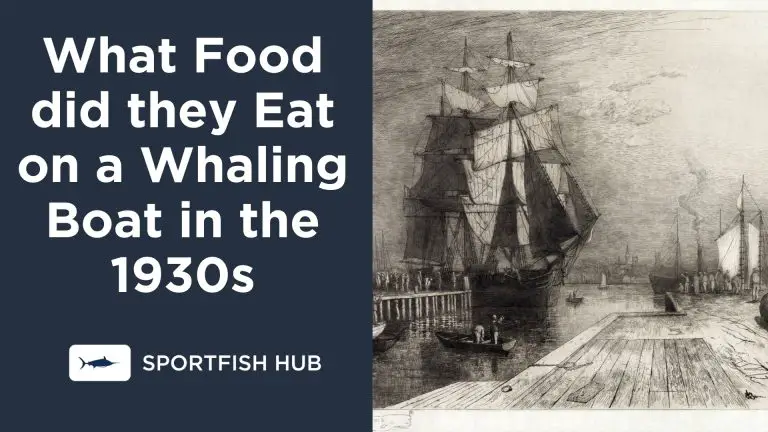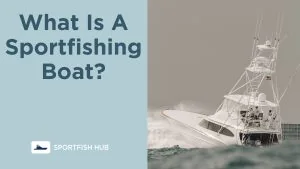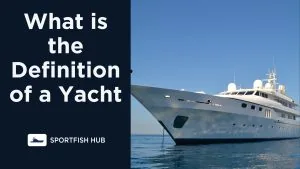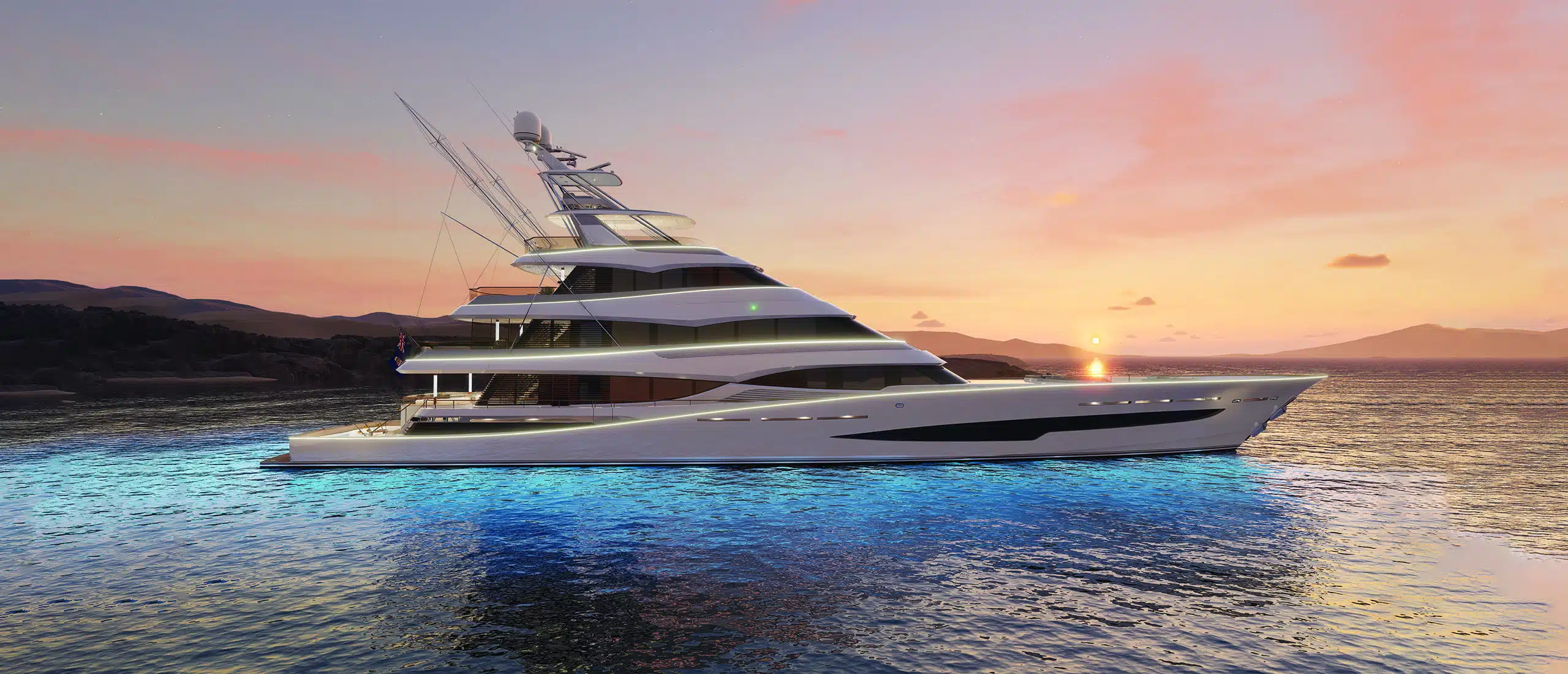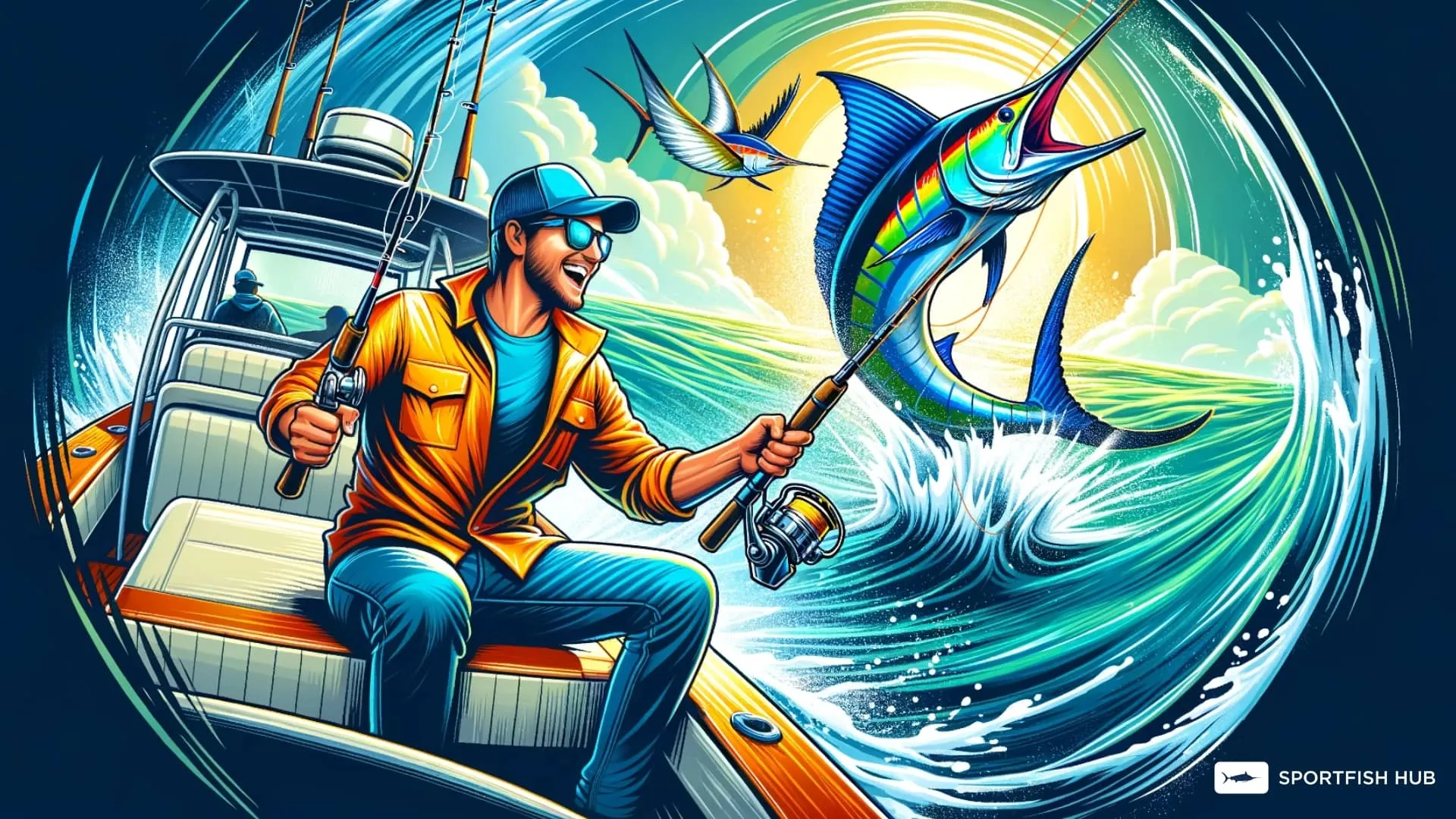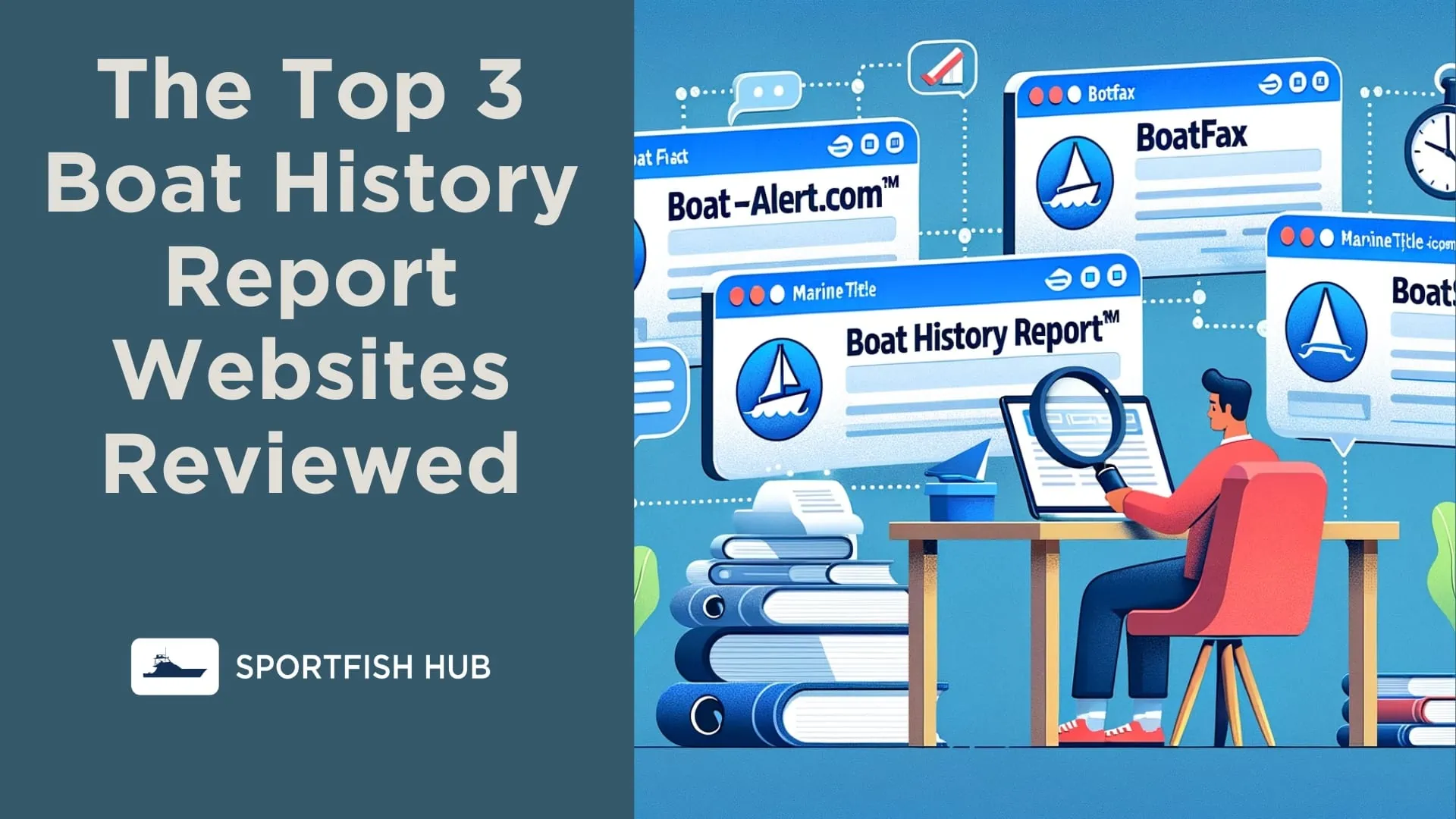In the challenging environment of maritime journeys, particularly on whaling boats of the 1930s, food selection and preparation were driven by several factors: available provisions, voyage duration, and crew diversity.
Whaling expeditions, known for their lengthy sea explorations, had a basic culinary offering designed to fuel sailors through their demanding tasks while also delivering unexpected moments of inventive food preparation and oceanic flavors.
Table of Contents
- Navigating the Pantry of a Whaling Boat
- A Melting Pot at Sea
- Maritime Desserts and Sweet Treats
- Hydration at Sea
- The Legacy of a Whaling Vessel’s Kitchen
- FAQ
- How big were old whaling ships?
- What ships were used for whaling?
- Are there any whaling ships left?
- How did sailors on old whaling ships store and preserve their food for long voyages?
- What were the methods for cooking food on a whaling ship?
- Did the food vary depending on the rank of the sailor, or was everyone on the whaling ship given the same food?
- Did the crews do any fishing or hunting of other sea life for additional food sources apart from whales?
Navigating the Pantry of a Whaling Boat
The necessity of food preservation techniques deeply shaped the dietary routine aboard the 1930s whaling ships.
Staples of these maritime diets included salt-cured meats, hardtack (a biscuit with extended shelf life), and dried legumes like lentils and beans.
These essentials supplied the seamen with adequate caloric intake and protein needed for the physically taxing demands of whale hunting.
Salted beef and pork were common proteins, typically prepared via boiling to temper the hardened, salt-imbued cuts.
Hardtack was often consumed as it was, or occasionally moistened in liquid like soup or coffee. Durable legumes were typically incorporated into warming stews or hearty soups, offering dietary diversity and nutritional value.
Seafood was a predictable feature on these oceanic voyages. Crews augmented their provisions with fresh catches of fish, shellfish, and even whale meat, following successful whale hunts. The types of fish available varied with the fishing regions; Atlantic whale hunters might catch and cook cod or haddock, while those in the Pacific could have salmon or halibut. Whale meat was not as commonly consumed, being limited to times of scarcity or specific whale parts like the tongue or fluke, which were seen as gastronomic delicacies.
See also: Boat Food Ideas
A Melting Pot at Sea
The diverse nationalities making up the whaling crews led to a vibrant fusion of culinary influences. This multicultural amalgamation saw the introduction of traditional dishes from the seamen’s homelands. Scandinavian seamen might bring pickled herring or lutefisk (fish prepared with lye) to the table, while Portuguese sailors might share their caldo verde (a type of green soup) or bacalhau (dried and salted cod). The result was an unexpected mix of dishes that added color to the otherwise routine maritime meals.
Maritime Desserts and Sweet Treats
Whaling ship meals were not exclusively savory. Sailors indulged their sweet tooth with supplies like molasses or brown sugar, which could be transformed into uncomplicated desserts or added to oatmeal or gruel for breakfast. Dried fruits, such as raisins and prunes, were also prevalent, delivering a note of natural sweetness and essential vitamins.
Hydration at Sea
Fresh water and coffee were the predominant drinks on these vessels. Water was stored in durable wooden casks, and coffee, a sailor’s favorite, was typically served black and robust. Alcohol, due to the potential risks of inebriation to the crew and the whaling operations, was often prohibited or strictly regulated.
The Legacy of a Whaling Vessel’s Kitchen
While the culinary offerings of a 1930s whaling boat were far from luxurious, they encapsulated the adaptability and creativity of sailors during a time when food preservation was a challenge and culinary variety was limited. This unique snapshot of history illuminates both the hardships of maritime life and the human spirit’s resilience in finding comfort amidst adversity.
FAQ
-
How big were old whaling ships?
The size of whaling ships varied based on their function. Catcher boats were smaller and faster, ranging from 100 to 150 feet in length to ensure their speed and maneuverability. Factory ships, on the other hand, were much larger, often measuring between 400 to 600 feet in length. These larger ships needed to accommodate extensive processing facilities and storage tanks for the harvested whale oil and by-products.
-
What ships were used for whaling?
Whaling ships of the 1930s were typically built specifically for the purpose of hunting and processing whales. The most common type of ship used was the “factory ship,” a large vessel equipped with onboard resources to process and store the whale oil and by-products. Other ships involved in whaling operations were “catcher boats,” smaller, faster vessels that were responsible for hunting and killing the whales, which were then towed back to the factory ship for processing.
-
Are there any whaling ships left?
Yes, there are still some whaling ships left, although most are not in active service. Many old whaling ships have been preserved as museum pieces or tourist attractions, providing a glimpse into the past era of maritime history. Some countries, such as Norway, Iceland, and Japan, still maintain active whaling fleets, although these modern vessels bear little resemblance to the traditional whaling ships of the 1930s.
-
How did sailors on old whaling ships store and preserve their food for long voyages?
Food preservation aboard old whaling ships was critical for long voyages. Meat was preserved through salting or smoking, while hardtack was designed to last for months, even years, without spoiling. Legumes were dried, and fruits were often kept in a preserved form like dried fruits or jams. Provisions were stored in barrels, which were kept in the ship’s hold, a cool and dark environment that helped extend the food’s shelf life.
-
What were the methods for cooking food on a whaling ship?
Food on whaling ships was usually prepared in a shipboard galley, a designated area for cooking. They would have had a cast-iron stove for heating and cooking, and simple pots, pans, and utensils. The food was often simple and hearty, with stews, broths, and boiled meats being common.
-
Did the food vary depending on the rank of the sailor, or was everyone on the whaling ship given the same food?
While the food was largely the same for everyone on the ship due to the practicality of cooking en masse, officers often had access to additional or better-quality food and drink, reflecting the hierarchical nature of maritime life.
-
Did the crews do any fishing or hunting of other sea life for additional food sources apart from whales?
Yes, sailors on whaling ships often supplemented their diets by fishing and collecting shellfish when conditions allowed. This not only added variety to their meals but also helped to conserve the preserved food for when fresh food was not available.

